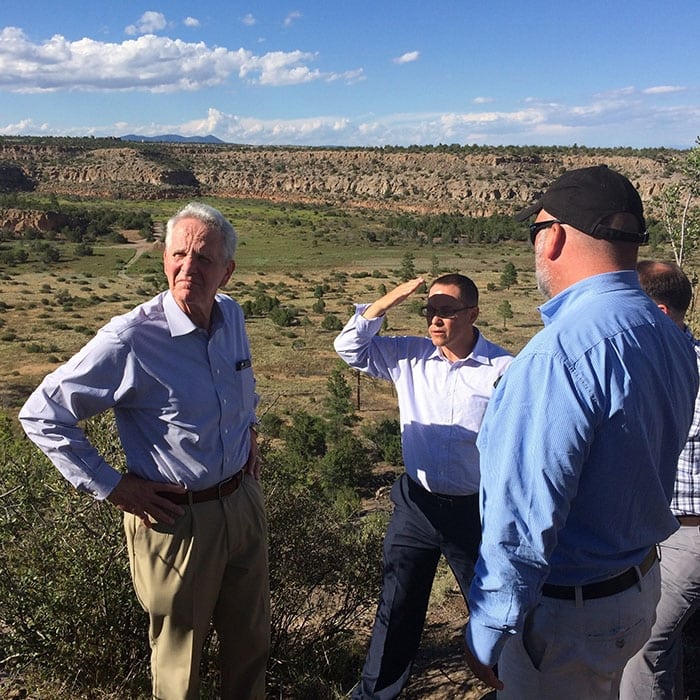
Acting Assistant Energy Secretary for Environmental Management James Owendoff said Wednesday not to expect a major formal “list” of objectives to be published from his recently completed 45-day review of the Department of Energy’s nuclear cleanup office.
“There is not a list out there per se,” he said during DOE’s National Cleanup Workshop in Alexandria, Va., and no list will be published externally from the evaluation. Doing that would cause people to fixate on the list, Owendoff said after his presentation.
“How do we get timely decisions made is key,” said Owendoff, an old hand at DOE who has already spent more than a decade in senior positions with the Office of Environmental Management, including acting assistant secretary, principal deputy assistant secretary, and chief operations officer.
Owendoff is now again in charge of an office with an annual budget of more than $6 billion focused on remediation of 16 remaining sites around the United States, including massive projects such as cleanup of the former plutonium production complex at Hanford in Washington state.
Owendoff said he carried out the review after being asked – he didn’t say by whom — what he would do in his first 45 days on the job after becoming acting “EM-1” in June. The evaluation has allowed him to work with site managers across the EM complex to identify key decisions that should be made in the next 12 to 18 months.
The Office of Environmental Management has already completed most of the easier projects around the complex – wrapping up work on 91 sites since being established in 1989. The jobs that remain are the tougher ones, an industry observer said. The ongoing review should help staff sharpen EM’s focus on remaining issues, the source said.
It’s important to get important decisions “teed up,” Owendoff said repeatedly during the two-day conference.
Toward that, a new office of special projects has been launched within EM. It will be led by DOE veteran Dae Chung, who will focus on the Waste Treatment Plant at Hanford.
“We need to hold the line on Direct Feed LAW. We need to get that facility up and running,” Owendoff said, referring to the system under which treatment of millions of gallons of radioactive waste at Hanford would start in sequence rather than at one time at the Waste Treatment Plant. That would start with processing less-radioactive low-activity waste no later than 2023. The full plant must be operational by 2036, under a federal court order.
During a question-and-answer session Thursday on what comes after the 45-day review, Owendoff and EM site managers heard comments on everything ranging from DOE waste that cannot yet be shipped directly to the Waste Isolation Pilot Plant in New Mexico from the Waste Control Specialists site in Andrews County, Texas, to complaints from some local government officials about not being included in regional meetings with Energy Secretary Rick Perry.
Owendoff also got at least one comment from a questioner who suggested the lack of a national list document from the 45-day review might hinder development of lessons learned.